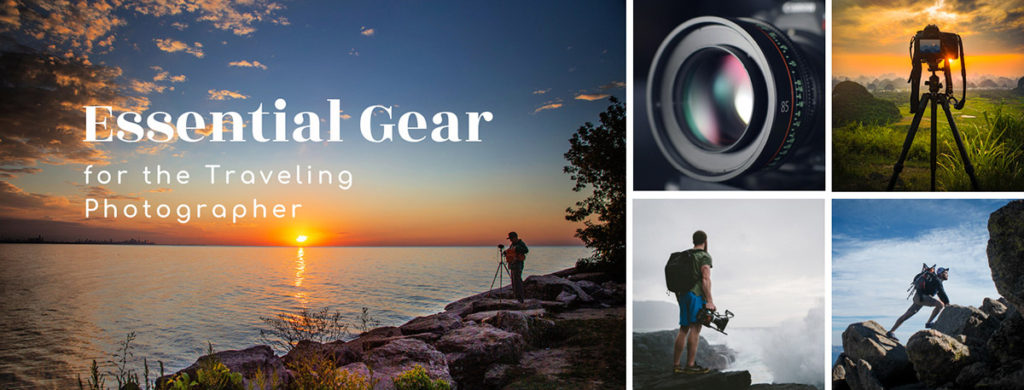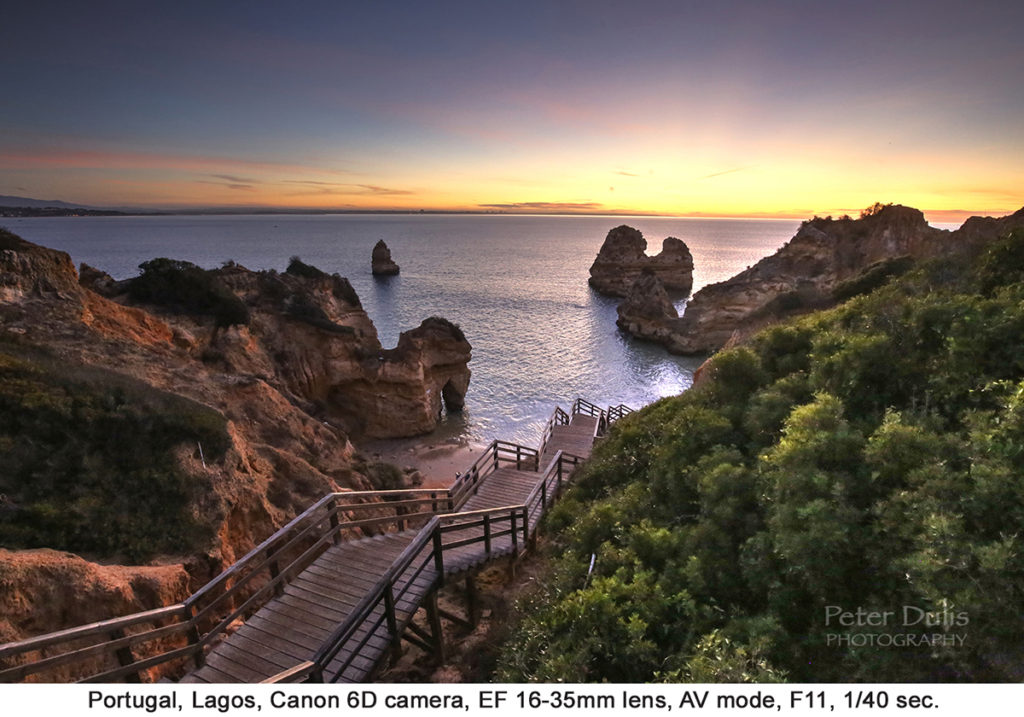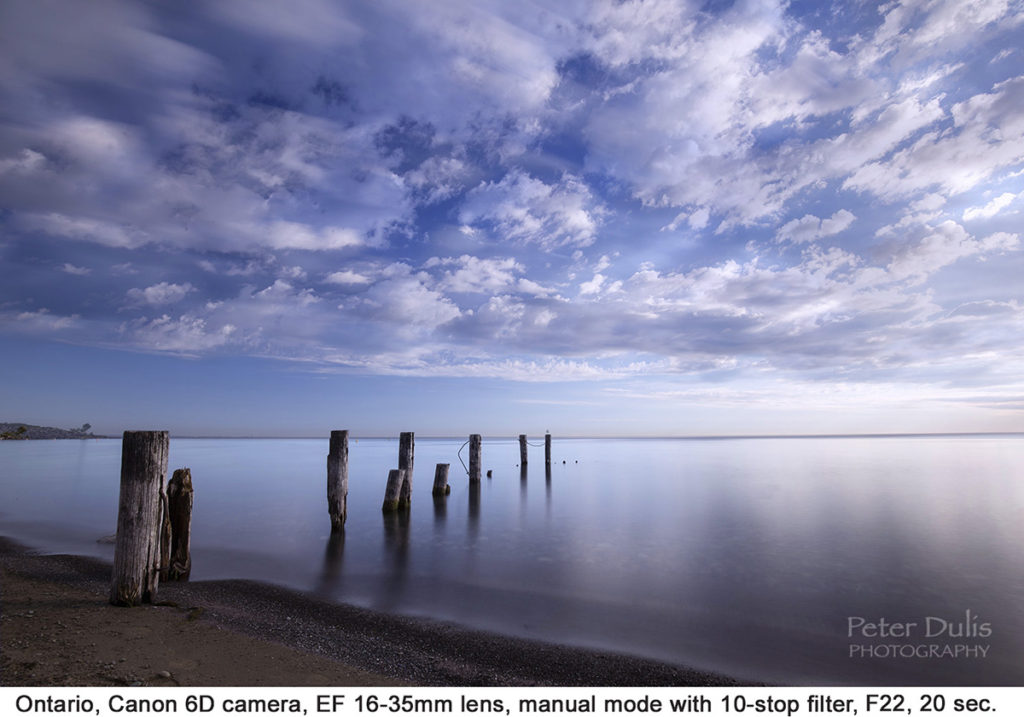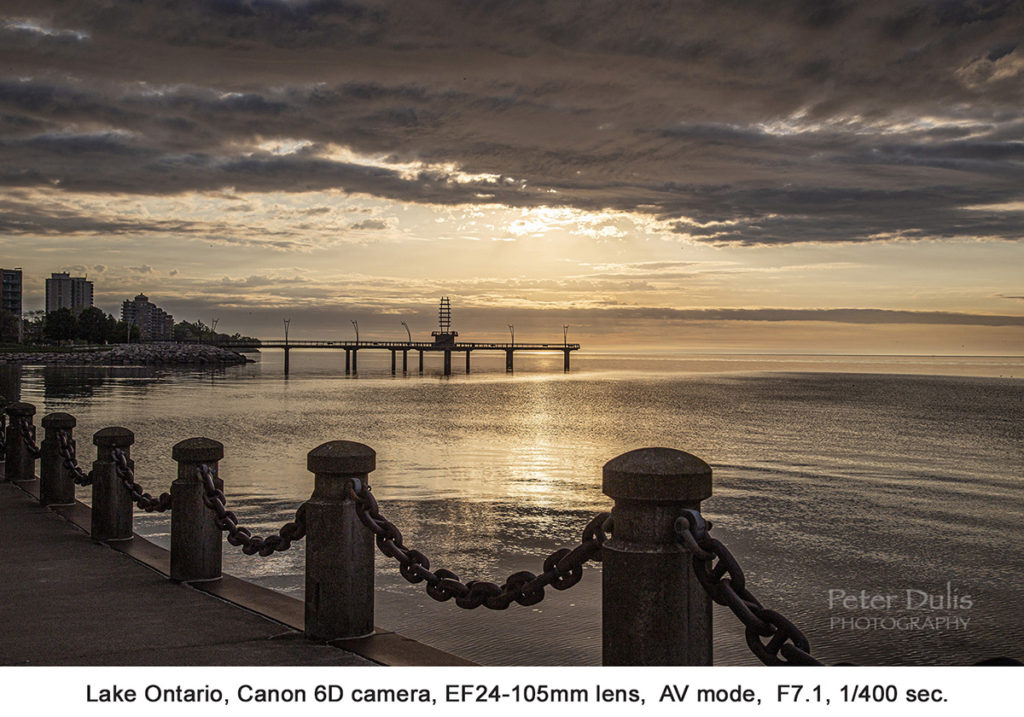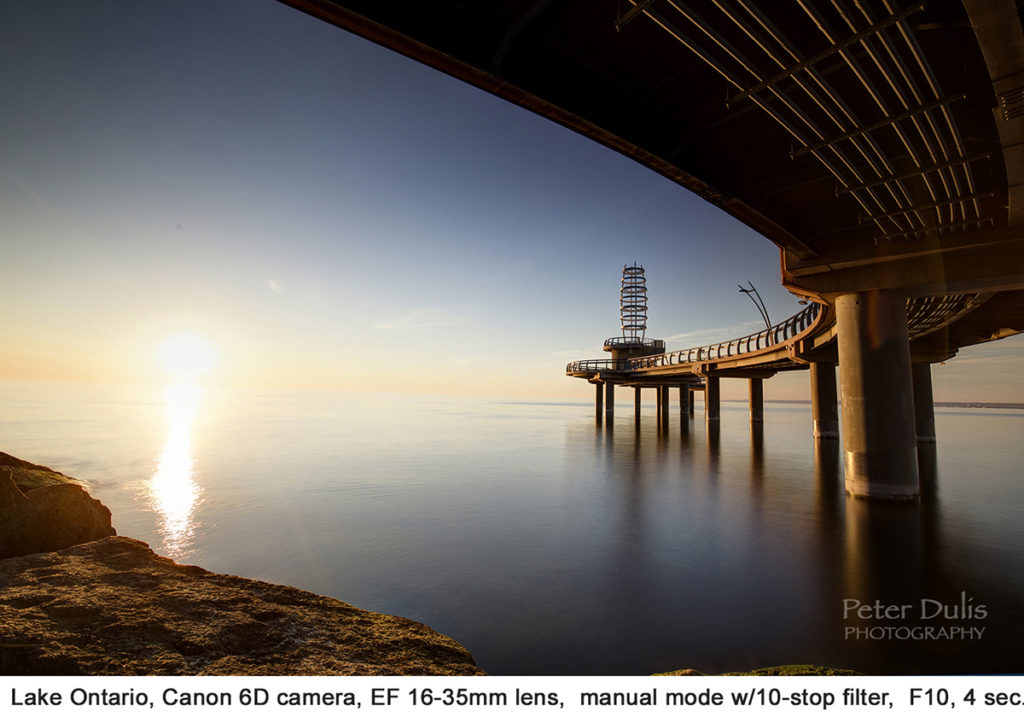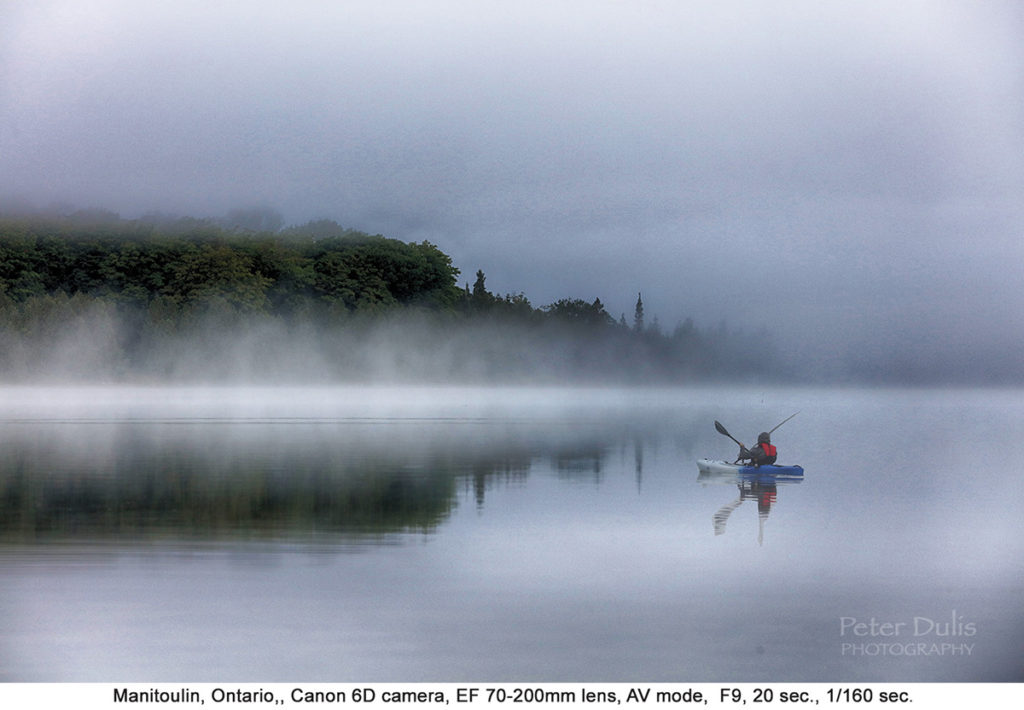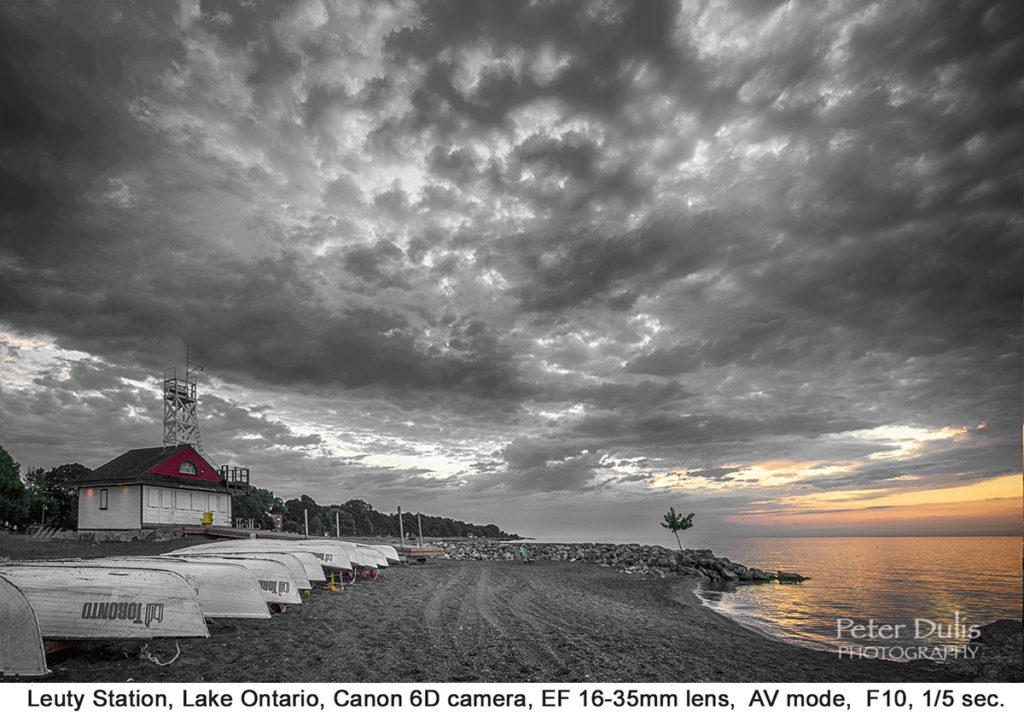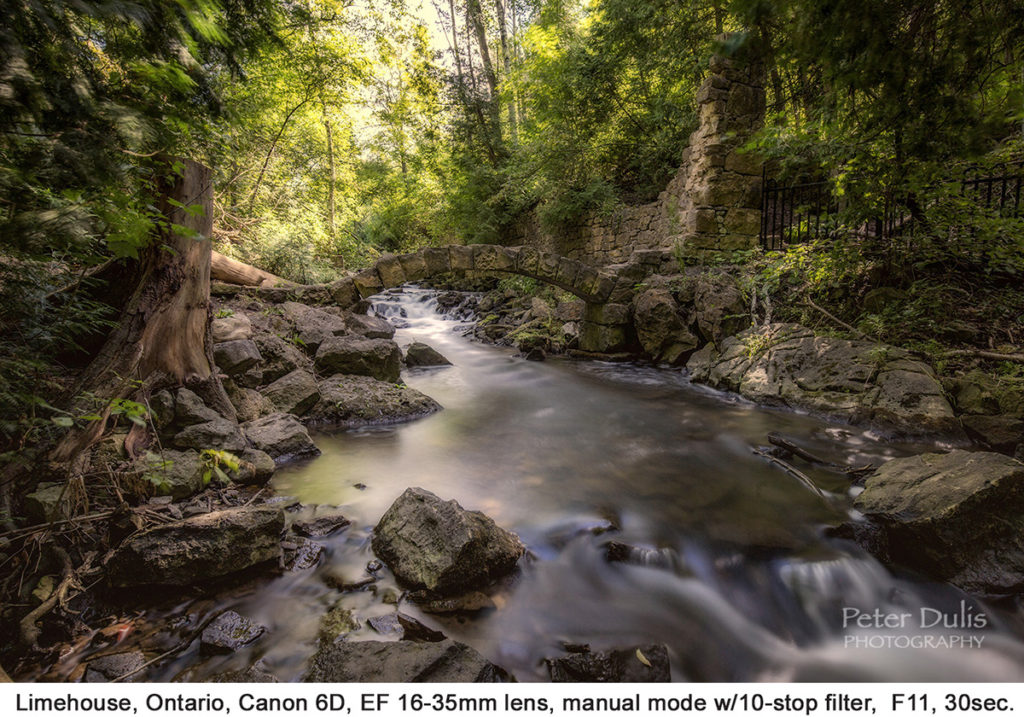Every picture tells a story and I’m passionate about telling stories and sharing my travel experiences through my landscape and travel photography websites.
Quite often I get asked about what kind of camera gear I use to capture my images. Back in the 70s I started out shooting with a simple Olympus film camera. I recorded my journey in pictures and I’m so glad I did. As a wise man once said – Today’s moments are tomorrow’s memories!
I am a photographer that doesn’t rely on a lot of fancy technical gear. There’s a lot of people that think that if you don’t have the perfect camera, the latest gear, or the best accessories, then you’re not ready to be a photographer. Yet it’s not the tools that make the photographer, they simply help you to bring your ideas to life. If it’s my iPhone that’s in my pocket when I see the perfect shot – then that’s what I shoot with.
Having had the privilege of working with Canon Canada for 14 years, I’ve had a chance to meet & work with some incredible photographers. I’ve also had the privilege to try out a lot of different types of camera gear, so listed below are some ideas I’d like to share.
TRAVEL PHOTOGRAPHY CAMERAS
So, what makes the best camera for travel photography? This is kind of a complicated and constantly-evolving question to answer, but it’s probably a camera that allows you to capture great quality images and doesn’t weigh a ton. Size is a key factor. Camera manufacturers are always changing up their line-up with the latest and greatest features, but the things to look for in a good travel camera is image quality, long battery life, size and weight, simple to use and that doesn’t cost a fortune. The most important thing about a travel camera is that it doesn’t get in your way of enjoying the adventure and at the same time delivers stunning images. The best travel camera for you is going to be very dependent on your needs and situation.
I’ve gone through a number of camera bodies throughout the years but settled on the Canon EOS 6D full frame DSLR camera. I have investigated and tried mirrorless cameras, but because the weight wasn’t significantly less, I’ve stuck with what works for me and gets me great photos. The Canon 6D is one of the lightest weight DSLR cameras (1.7lb with battery). The camera battery gives me decent life (if I’m not using GPS). The processor delivers enhanced noise reduction and exceptional processing speed, all in a compact body. Because if it’s compact size, it fits into my hand like a glove.
Camera Lenses for Travel Photography
Whilst it would be wonderful to have a large range of lenses to take with you on trips, the reality of travel is that you can only carry so much before you feel like a weighed down camel. It’s better to try and focus on getting a smaller number of lenses that work well in a wide variety of situations. I personally use 3 lenses 99% of the time. When we consider travel photography, we’ll be capturing landscapes, portraits, street scenes, architecture and so on — and all of these subjects require different lenses to be properly framed.
So, lets look at a few lenses.
- The “Do It All” Lens – The 24-70mm lens or 24-105mm lens is enormously versatile. The 24-105mm lens is the one I use mostly because of its versatility. It gives me a wide-angle to nearly telephoto range and allows me to capture large landscapes, close-up portraits, and everything else in between without having to change lenses. It’s a good size and doesn’t weigh a lot. The Tamron SP 24-70mm f/2.8 G2 is a very nice lens to consider.
- The Ultra Wide Zoom Lens – The 16-35mm lens or something close to it is the ultimate go-to-lens for a travel photographer looking to capture landscapes, cityscapes or even internal building spaces. Not all wide-angle lenses are the same, so you need to do a little research. You want to make sure it creates a sharp, beautiful images with little to no barrel distortion or fish-eye effect. Some lenses are better at this than others. The Tamron SP 15-30mm f/2.8 G2 is definitely worth considering as a zoom lens.
- The Telephoto Lens – Having a good quality telephoto lens in your travel kit is a big plus for landscape photography. Sometimes you just need that tighter close up shot to get more detailed photos. I would recommend a 70-200mm telephoto zoom lens because of its versatility. You get a little longer, like a 100-400mm, but it adds weight and costs a lot more. The 70-200mm f/2.8L is what I use, but it’s also the heaviest lens in my kit. Check out the Tamron SP 70-200mm f/2.8 G2 lens – nice reviews.
So, for travel photography, it’s better to try and focus on getting a smaller number of lenses that work well in a wide variety of situations. That way you are more likely to take them with you and use them.
Camara Bags for Travel Photography
There are a lot of camera bags on the market today and so many options to choose from. It can get a bit confusing trying to figure out which one is best. There’s no one-size-fits-all solution, so you need to do your research. Being a travel photographer means you have to look at not only size, but do I need a bag that’s completely waterproof, crush proof, designed for climbing rocks as well as hiking? If you are swimming through the Zion Park Narrows – then that’s a completely different story.
The following are good questions to ask yourself:
- Do I want the bag to be multifunctional so it can act as both a camera bag and a day pack?
- Do I want to carry a laptop computer or tablet in the bag?
- Do you need a trolley strap included so you can attach it to rolling luggage?
Camera backpacks are one of the most popular options for carrying around your gear, but you may also consider a shoulder bag. Sling bags that have one strap offer quick and easy access to a camera. Holster cases are designed to be used with a camera and a single lens if you want a light-weight option for biking. Spending money on the right bag to protect your gear is cheaper in the long run. So which bag is the best bag for you?
I think it’s best to take your gear to the store and try out a bunch of camera bags – that’s what I did. So, here’s what I use.
- A shoulder Bag is great for one camera plus three Lenses and goes with me everywhere, plus the bag is easy to store in overhead bins on a flight. I like the Vanguard VEO RANGE 21M Small Messenger Camera Bag for this application.
- The Vanguard Alta Access 28X Shoulder Bag is what I pull out when I have a few extra lenses to haul around. The bag effortlessly carries a professional gear kit, which consists of my Canon 6D DSLR, 4-5 lenses (up to 70-200mm), a flash and a multitude of accessories as well. No problem to store in overhead bins on a flight.
- I also use a holster bag when I’m biking. It provides good protection in a small package for my camera and attached lens. The Vanguard Heralder 16Z Zoom Pouch is very nice for this.
Other Useful Travel Photography Accessories
- I highly recommend carrying a lightweight carbon fiber photography tripod. I have a small carbon fiber travel tripod. It’s super light weight and folds up into a 12-inch length. It’s maybe not the sturdiest of tripods, but it’s so much easier to carry around when hiking and biking. I like the Vanguard Alta Pro 2+ Carbon Fiber Tripod which has great reviews.
- I also carry a circular polarizer filter which helps to reduce reflections and glare by filtering out light that has become polarized due to reflection from a non-metallic surface. It cuts down on certain types of light in a way that can benefit your images. You may want to take a look at the Kenko Lens Filters.
- 6 to 10 Stop ND filters can be really useful for landscape photography when you want to slow down your shutter speed to capture creative landscape photos.
Not Just Camera Gear
When I’m out and about and the temperatures start falling, there’s nothing better than a great winter jacket. I love my Eider Men’s Lillehammer III Jacket with under arm air vents in case it gets really hot. Good waterproof hiking boots and warm wool socks are also critical. I have owned a pair of Guardo boots for about 1 year now and love them. They’re stylish, comfy, warm, and have a super grip on slippery surfaces. I’ve always believed that if you don’t want to get sick, keep your head, chest and feet warm. My Stansfield Merino Wool Short Sleeve T- Shirt is top quality and offers great warmth.
Travel photography isn’t just about making photographs; it’s about choosing a life of curiosity, exploration, and wonder… immersing yourself in the world around you. If you want to be an effective travel photographer, it is important to carry the right photography equipment and know how to use it. I hope you find these tips useful to get your started.
Do you have any questions? If so, feel free to contact me on my website – https://photographyadventures.ca/essential-gear-for-the-traveling-photographer/
ABOUT THE AUTHOR
 Peter Dulis is an award-winning photographer & large format-printing executive having worked with Canon Canada for the last 14 years. “I’ve had the chance to meet & work with some incredible people in the industry. Photography isn’t just about making photographs; it’s about choosing a life of curiosity, exploration, and wonder, immersing yourself in the world around you. Follow us on our adventures and grab your FREE e-book today – “5 Truly Amazing Places to Visit Before it’s too late!
Peter Dulis is an award-winning photographer & large format-printing executive having worked with Canon Canada for the last 14 years. “I’ve had the chance to meet & work with some incredible people in the industry. Photography isn’t just about making photographs; it’s about choosing a life of curiosity, exploration, and wonder, immersing yourself in the world around you. Follow us on our adventures and grab your FREE e-book today – “5 Truly Amazing Places to Visit Before it’s too late!



